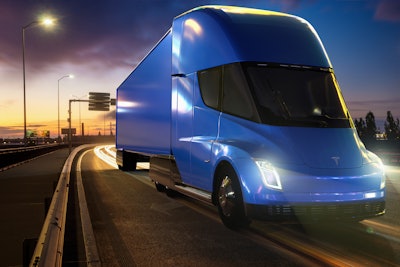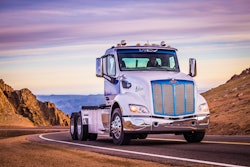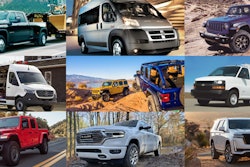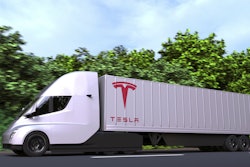
Total cost of ownership math, even 10 or 20 years ago, was probably complicated enough. Fleets now considering alternatives like battery electric and hybrid electric tractors have to factor incentives and grants – not just for the truck, but for the electric vehicle supply equipment (EVSE).
In addition to the raw cost of the EVSE, there are new costs that may need to factor in for, like getting utility power to EVSE; maintaining and servicing the physical EVSE to keep it operating; maintaining the software for monitoring and efficiently managing the charging of the vehicles; training for all aspects of EVSE; maintaining relationships with the utility providers; maintaining compliance with the fine print in the grants and incentives; contingency costs to change software, connectors, utilities, etc., and downtime costs and lost productivity costs.
Then there is new positive cash flow to consider. Items like the ability to use or sell Environmental Protection Agency (EPA) and National Highway Traffic Safety Administration (NHTSA) Green House Gas (GHG) credits under Average, Banking and Trading rules help offset sales of higher emission diesel vehicles. There is also a new income stream developing at state levels for generating and selling Low Carbon Fuel Standard (LCFS) credits. NACFE initially touched on these in its 2019 Viable Class 7/8 Electric, Hybrid & Alternative Fuel Tractors report.
Then there is the complexity of estimating a residual value for the vehicles when there is not yet any established track record for used battery electric and fuel cell trucks. Even fleets that own the vehicles for their useful life aren’t really sure yet what that useful life will be. Major expenses for re-powered diesels have a track record, but what will these new battery and hybrid electric vehicles see?
There likely are other soft costs and benefits – things in the past that were buried in overhead or not even thought about, but now need to be understood. For example, compliance costs for EPA/NHTSA and state EPAs likely will go down with these new vehicles. A company like Nikola or Tesla that plan to offer only zero-emission vehicles (ZEVs) may have very low GHG compliance system costs, where other manufacturers that produce both ZEVs and diesel tractors may have extensive compliance costs to consider.
Just working out all these details requires dedicated people or contracted services. The potential of these new business opportunities have spawned a number of new companies and services focused on facilitating adoption of zero- and low-emission vehicles. Two examples of this facilitators are GNA LCFS Credit Management for Clean Fuels and SRECTrade. The utilities are on board with this opportunity as well, with efforts by Pacific Gas and Electric (PG&E), Southern California Edison, San Diego Gas & Electric and Sacramento Municipal Utility District, according to the California Air Resources Board’s explanation of the LCFS Rebate program.
Yes, these are all in California, but LCFS programs are beginning to roll out in other states, like Oregon with its Clean Fuels Program and Canada’s Province of British Columbia’s BC-LCFS. Other US states like Washington, Colorado, Minnesota, New York, for example and Canada in its entirety are debating implementation of similar programs.
Market impacts for truck TCO estimation used to only be impacted by uncontrollable market variables like interest rates and residual value of used trucks. Now market forces include estimating the value of credits in LCFS markets, and the value of building ZEV and low-emission hybrids under GHG Average, Banking and Trading rules.
Along with the future being electric, it also will be more complex to estimate TCO.
Rick Mihelic is director of emerging technologies for the North American Council for Freight Efficiency











